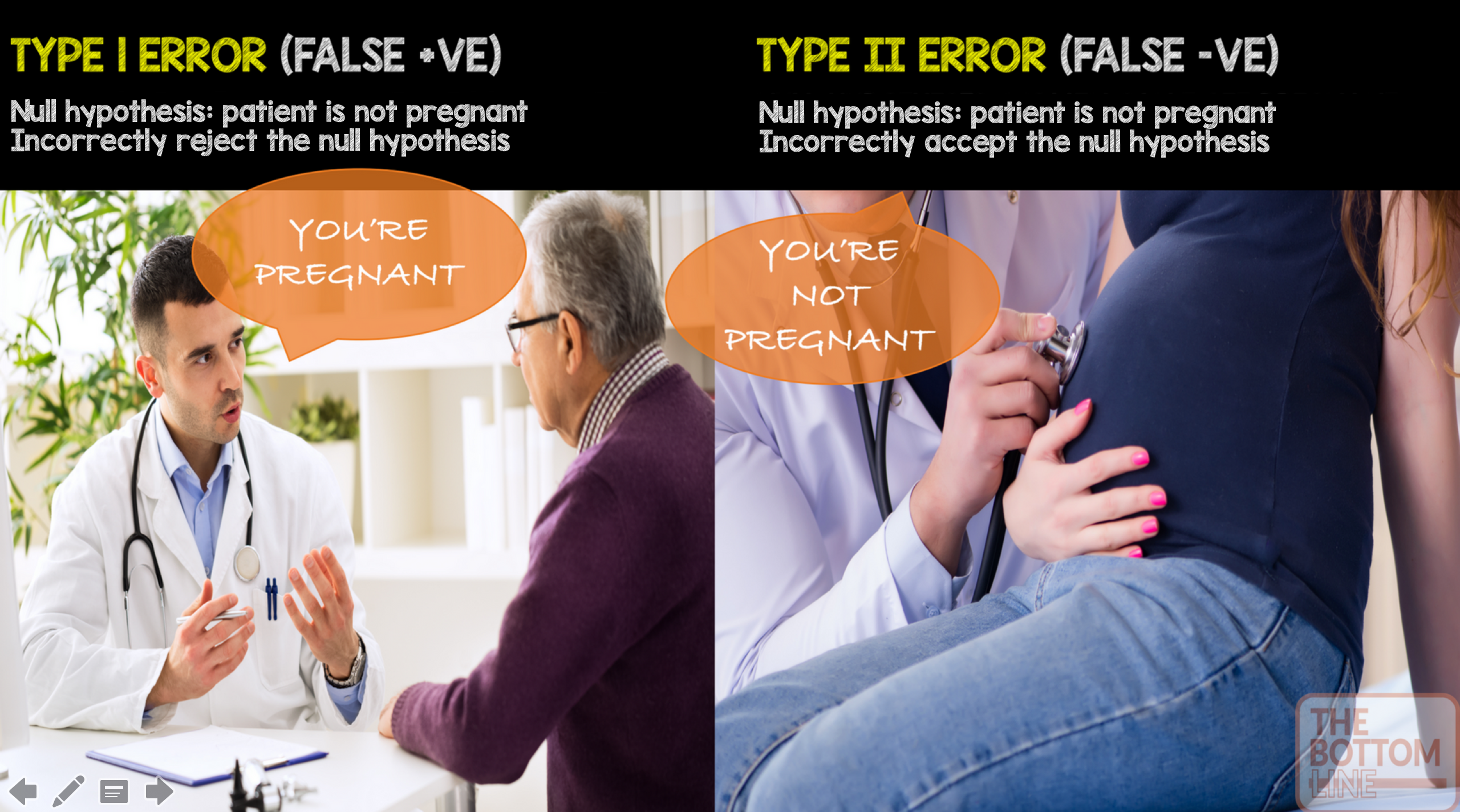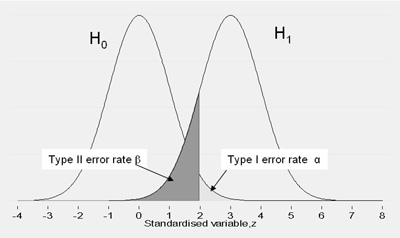


This is conceptually similar to the judgement in a court trial. The test goes about choosing about two competing propositions called null hypothesis, denoted by H 0 and alternative hypothesis, denoted by H 1. In statistical test theory, the notion of a statistical error is an integral part of hypothesis testing. An expensive cure for one in a million patients may be inconsequential even if it truly is a cure.ĭefinition Statistical background The consequence of a type II error depends on the size and direction of the missed determination and the circumstances. In the example above, if the patients who got the drug did not get better at a higher rate than the ones who got the placebo, but this was a random fluke, that would be a type II error. In reverse, type II errors are errors of omission. If the patients who are given the drug get better than the patients given the placebo by chance, it may appear that the drug is effective, but in fact the conclusion is incorrect. For instance, consider a study where researchers compare a drug with a placebo.

the researcher unluckily concludes that something is the fact.

Intuitively, type I errors can be thought of as errors of commission, i.e. The knowledge of type I errors and type II errors is widely used in medical science, biometrics and computer science. Much of statistical theory revolves around the minimization of one or both of these errors, though the complete elimination of either is a statistical impossibility if the outcome is not determined by a known, observable causal process.īy selecting a low threshold (cut-off) value and modifying the alpha (α) level, the quality of the hypothesis test can be increased. In statistical hypothesis testing, a type I error is the mistaken rejection of an actually true null hypothesis (also known as a "false positive" finding or conclusion example: "an innocent person is convicted"), while a type II error is the failure to reject a null hypothesis that is actually false (also known as a "false negative" finding or conclusion example: "a guilty person is not convicted"). ( April 2019) ( Learn how and when to remove this template message) Please help improve it to make it understandable to non-experts, without removing the technical details. This article may be too technical for most readers to understand.


 0 kommentar(er)
0 kommentar(er)
